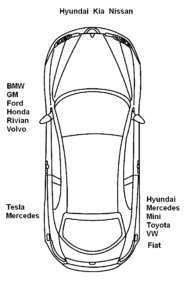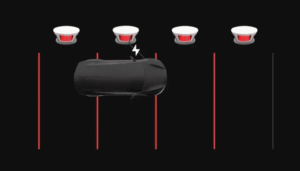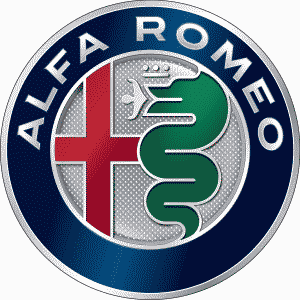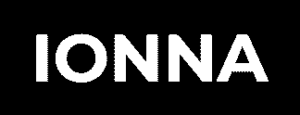(Update: what “plug and charge” charging experiences are available in the US? I have set up a table that I hope will show progress with setting up “plug and charge” in the US.)
From the moment that became an owner of a Tesla vehicle, I was able to do an easy “plug and charge”. I would park my car at a Tesla charging kiosk, plug the charging plug of the kiosk into the charging port of the car, and charging would commence.
Note what is missing from the previous sentence. Never in all of my years of charging my Tesla car at a Tesla charging station have I needed to do anything else to get the charging to commence. No tapping a proximity card in front of a “tap to pay” reader on the kiosk. No tapping a credit card in front of a “tap to pay” reader on the kiosk. No waving my phone in front of a “tap to pay” reader on the kiosk. No inserting a credit card into a credit card reader on the kiosk. No fumbling with a smart phone app, and no cursing because the stupid smart phone app had logged me out and of course I do not have the password memorized for logging back in. No going on a treasure hunt on the kiosk to try to work out what the “kiosk number” is so that I can key in the kiosk number at the smart phone app. No calling up tech support to talk to somebody about why the “tap to pay” did not work.
Tesla owners are, as you may appreciate, rather spoiled by this absolutely seamless charging experience. We read news stories about owners of non-Tesla vehicles who end up very disappointed or angry because when they finally did locate a non-broken charging kiosk, they found that it was difficult or impossible to get the actual charging to begin. Or if it was not that bad, at least the owner of the non-Tesla vehicle had to tap a phone or tap a prox card or key in a kiosk number into a smart phone app, to get charging to commence. Yes, we read those news stories, but having never had those problems, we do not fully appreciate how bad it might be to try to get charging to commence.
Across the US are tens of thousands of free-of-charge Level 2 chargers. Most of them provide a seamless charging experience, but of course it is slow. You might have to leave your vehicle at the charger overnight to get a full charge. No, what I am talking about in this blog article is fast DC charging or “supercharging”, typically at speeds of 50 kW or 150 kW or more.
Which brings me to two general questions. First, to what extent is there any way for a Tesla owner to have “plug and charge” fast DC charging experience on any non-Tesla-branded kiosk? And second, to what extent does the owner of a non-Tesla EV ever get to have a “plug and charge” fast DC charging experience? Continue reading “Who gets to do an easy “plug and charge”?”






 On February 12, 2024, Stellantis announced that Real Soon Now, all of its newly manufactured electric vehicles for the US will have a Tesla-style charging port located at the left rear corner of the vehicle. Stellantis is the maker of Alfa Romeo, Chrysler, Dodge, Jeep, Maserati, and Ram cars.
On February 12, 2024, Stellantis announced that Real Soon Now, all of its newly manufactured electric vehicles for the US will have a Tesla-style charging port located at the left rear corner of the vehicle. Stellantis is the maker of Alfa Romeo, Chrysler, Dodge, Jeep, Maserati, and Ram cars.